Breast Enlargement
The only plastic surgery clinic in the UK specialising in breast enlargement. The Staiano Clinic is a fully independent clinic specialising in breast enlargement.
The only plastic surgery clinic in the UK specialising in breast enlargement. The Staiano Clinic is a fully independent clinic specialising in breast enlargement.
We are now in the age of the ‘couture boob job’ and it is no longer the case that one size fits all. Nowadays implants for breast come in a huge range of shapes, sizes and textures. They all come in a variety of projections (which means how far they stick out) from low to moderate to high to extra high and each will give a different look.
The coating can be smooth or textured and some are coated in a special polyurethane foam which decreases the risk of needing further surgery in the future.
Some breast implants are round and some are teardrop-shaped and there are pros and cons of each type depending on the natural breast shape that you have and the sort of look that you are seeking.






We focus on customer service and ethics to give every patient a personal, professional service with the aim to give you the best possible result and experience.
We believe that the aftercare is as important as the surgery.
It can be daunting to choose the right breast implant and we have developed ‘The Trident Approach’ which is a tested formula to take some of the mystery and hearsay away from the decision making process.
Listen to Olivia’s experience with her breast enlargement



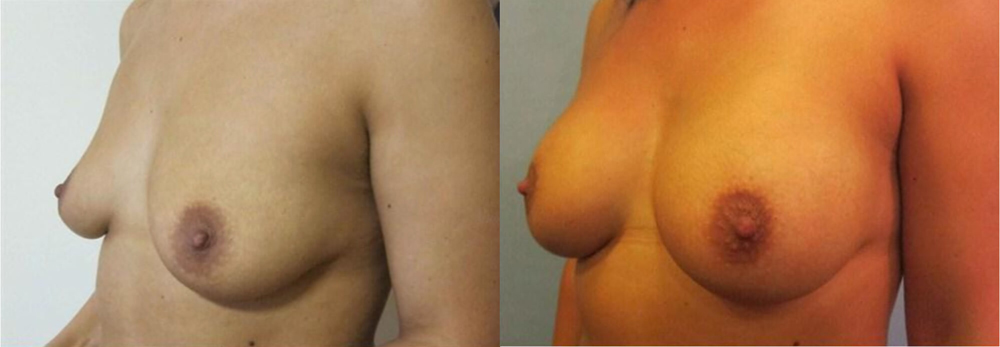

This 26 year old lady is shown 7 months following breast enlargement with 295cc low profile implants and has gone from a D cup to an E/F cup.
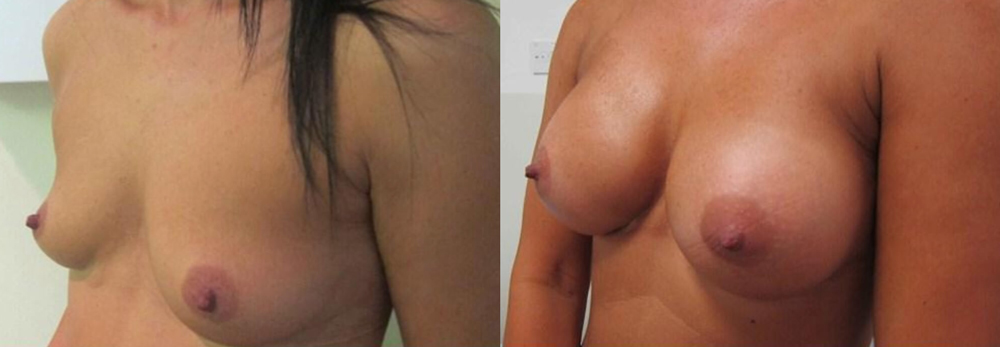

This 33 year old lady is shown 6 weeks following breast enlargement with 330cc moderate profile implants.
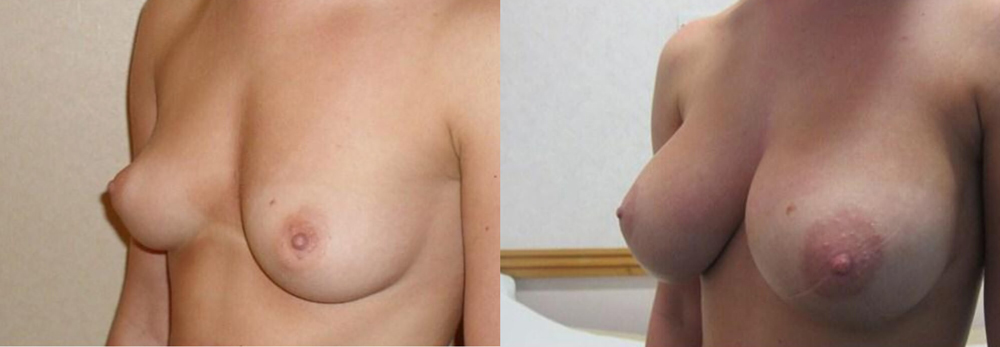

This 21 year old lady is shown 2 years following breast enlargement with 345cc extra high profile implants and has gone from a small B to a full DD/E cup.
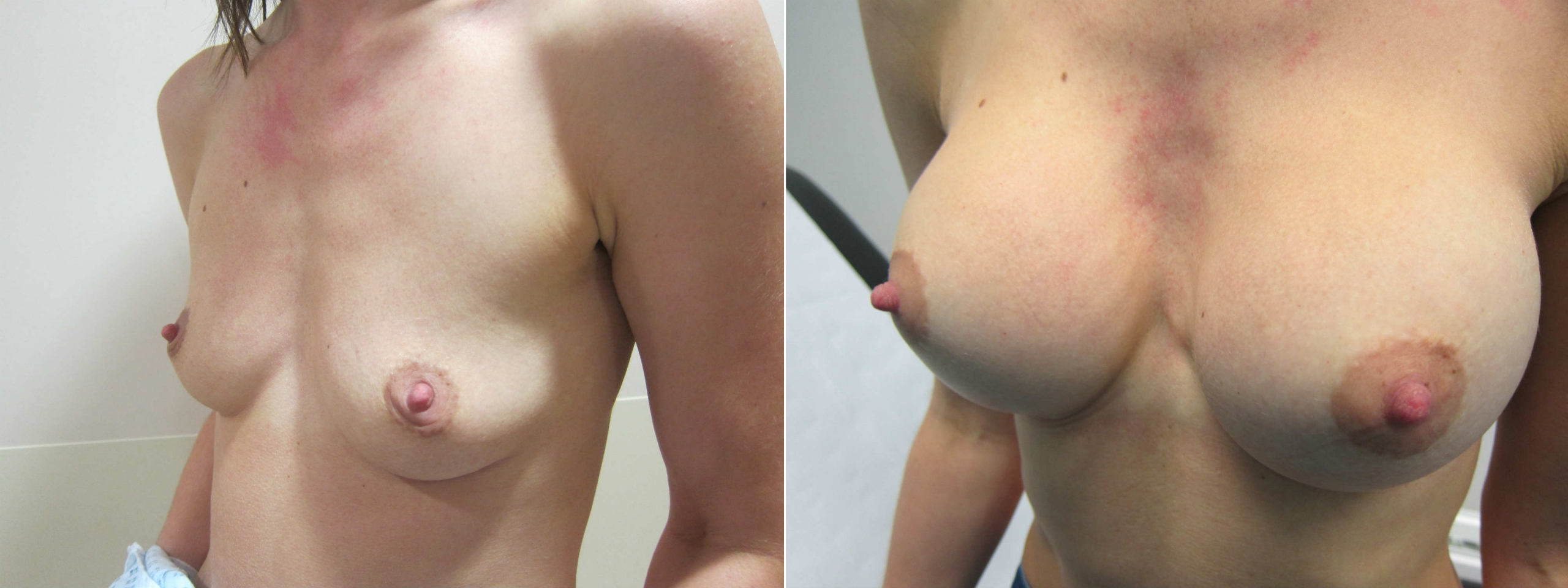

This 37 year old lady is shown 5 months following breast enlargement with 330cc high profile silicone implants and has gone from a 32C to a 28F cup.



This means that if you need to go over things again in the clinic prior to your breast enlargement, you are free to come back as often as you like, you will only be charged for the initial consultation.
Remember, all of your consultations will be with your surgeon – we don’t use sales advisers so there is never any pressure to proceed.
Furthermore, we offer a free annual follow up for all of breast enlargement patients and will see you if you have any questions or concerns at any time following your surgery. As well as having a consultant-led follow up package, all of the breast implants that we use have a lifetime warranty, although the details of this varies between manufacturers and you can find more details here.
Are Breast Implants Safe?
As far as we know – yes. They were taken off the market a few years ago in the USA due to concerns that they may cause connective tissue diseases such as SLE and rheumatoid arthritis, but large scale studies have shown no link between the implants causing these illnesses. However, breast enlargement is a surgical procedure and does carry with it potential risks and complications. It is important you have a frank conversation with your consultant and you are completely aware of the risks involved. If your surgeon tells you there are no risks then this is not true and you should look elsewhere for a surgeon. There is a possibility that you may need further surgery in the future. This could be due to your breasts changing shape or your implants may need to be replaced if they go hard (capsular contracture). You should be aware of all possible complications before you consent to breast enlargement surgery.
What do breast implants feel like?
This will depend on how much natural breast tissue you have because the first thing that you feel when you feel the breast will be your natural breast and certainly if you have any breast lumps you will be able to feel them just like you would if you did not have implants in. However, clearly your breast will be fuller with implants and your breast can feel firmer. This is more obvious in the first few months following breast enlargement surgery but then things soften and settle. Some implants do feel more firm than others, particularly the polyurethane foam implants which can feel more firm in the first year but then they settle and feel soft and natural. Occasionally you can feel the edge of the implant and this is particularly true in patients who are very slim without much covering over their chest and in patients who use bigger implants with a base width approaching the width of their breast.
Do implants look fake?
There is a public perception that patients with breast implants have large round fake looking breasts. The vast majority of patients who have breast enlargement just want to look normal, natural and have some volume restored back into their chest in keeping with their frame. It is important that the implants are sized and fitted to your chest and the current shape and volume of your breast is taken into account when choosing an implant. Whilst there is a group of patients who want to have a fake look, it is possible to have implants that do not look fake and a natural result is certainly very possible with the large range of shapes and sizes available.
Do they need to be changed every 10 years?
The most common reason for needing to change your breast implants after a breast enlargement, will be capsular contracture which is hardening of the implant due to scar tissue forming around it, this usually takes 5 or 10 years to happen. If this does happen then you may choose to have the implants changed although they do not necessarily have to be changed. They would only need to be changed if you are unhappy with the feel or the look of your implants due to the scarring around them. This is an important consideration and should be factored in with your decision making if you are considering breast implants because surgery to remove the scar tissue and replace the implants is more expensive than the initial breast enlargement surgery. When the implants are replaced it does create further scar tissue and so the implants that are put in do develop another capsule quicker the second time around. Polyurethane foam implants have a much lower rate of capsular contracture than silicone implants and so they are likely to last longer, although they can feel firmer in the first year but once they have softened they stay softer for longer. You can read more in my blog post about when to change your breast implants.
Will the implants explode?
I have never heard of any implants exploding and I think this is a bit of a myth. Sometimes people worry about going into a pressurised situation such as diving. Aircraft flight is not a problem because the cabin pressure is normalised. Immediately following surgery there will be some air trapped in the pocket this would not be affected in a pressurised environment. I think when people talk about implants exploding they are referring to implant rupture which can occur but is rare with the premium implants that we use and will usually manifest as a change in shape or volume of the breast, particularly after significant trauma such as a road traffic accident.
What does FDA approval mean?
The FDA is the Food and Drug Administration, a body in America that approved devices such as breast implants. Many of the implants we use in the UK are not FDA approved and therefore could not be used in America. However, they all carry the CE mark which is the European equivalent. FDA approval is a very strict process and only necessary for the American market. I offer patients a full range of implants including those that are not FDA approved. However, if FDA approval is important to you I am very happy to use FDA approved implants. There are only two manufacturers of medical grade silicone gel in the world, they both make gel for FDA approved implants and so all silicone implants will contain gel from an FDA approved source.
What are Polyurethane Implants?
Polyurethane implants are silicone implants with a polyurethane foam coating. This significantly reduces the risk of capsular contracture and has other benefits particularly in terms of implant positioning in that they do not tend to move and so rotation of teardrop implants is significantly reduced and the position of the implant is a lot more predictable. They do feel slightly firmer in the first year and occasionally you can feel the edges of the implant but these settle in time. There is some controversy surrounding polyurethane foam implants and so you will need to discuss the pros and cons with your surgeon. I believe they have a valuable role to play in breast implant surgery but need careful discussion so that you can make an informed decision as to whether they are right for you.
What about saline implants?
Saline implants are not really used in the UK. They are used more widely in America, particularly since silicone implants were banned for a period of time in America, so they had to use only saline implants. Silicone implants are no longer banned but saline implants are still used in the USA. We have never banned silicone implants and so have always used them here in the UK and I believe they give a superior result to saline implants. Saline implants have a silicone shell but the contents are saline and so if the shell ruptures there is no harm in the leakage or the contents. However, there is an increased risk of rippling with these implants and possibility of deflation over time and the cosmetic result can be compromised. If you would like to consider saline implants this is a discussion you can have with your surgeon to see if they would be suitable for you.
What about PIP implants?
The PIP scandal has highlighted the need to research your surgeon and the quality of the implants they are using. These were always low quality cheap implants and not many plastic surgeons ever use them. They were taken off the market long ago and the problems with them stemmed from the criminal activity of the manufacturer. This will always be difficult to ensure against. There are several major global brands for breast implants such as Nagor, Allergan, Mentor, Polytech and Silimed. The standards of the manufacturers are extremely high.
What if I get pregnant and I have breast implants?
Then there isn’t a problem. Breastfeeding is perfectly fine), the only problem is that your breasts may change in size and shape. This is perfectly natural as the breasts will fill with milk throughout pregnancy. A good plastic surgeon will recommend finishing your family before having breast enlargement for this very reason. However if you want breast implants before pregnancy it is perfectly safe.
Can you breastfeed with implants?
If you are able to breastfeed now (some people are unable to) then the answer is yes. Implants are placed behind the breast and so all of the milk ducts are left in tact. A small amount of silicone may be found in the breast milk but is not harmful or significant. The same kind of silicone is found on the teats of baby formula bottles.
Fill in your details and we will send you more information and prices of Breast Enlargement at The Staiano Clinic.
How to avoid (or achieve) a fake look with breast implants – Jonathan Staiano talks about everything you need to know about choosing the right implants for you!
Find the answers to all your questions regarding breast implants with our helpful and informative guide.
I developed the ’10 Step Process For Choosing Your Ideal Breast Implant’ because there is a vast array of techniques, types of implants and opinions about breast implants and I see a lot of confusion out there. While you can find plenty of information on the internet, it is not filtered or verified, so it can be hard to know what to believe.
There is no substitute for an in-person consultation with a Consultant Plastic Surgeon who can measure your frame, assess your current breast size and shape and work with you to ensure that you choose the implant that will achieve your goals.
Having specialised in breast augmentation since 2007, I have developed a pathway that will guide you through the complexities and simplify the process to ensure that you choose the ideal breast implant for you.
STEP 1: DOWNLOAD OUR FREE GUIDE WITH INFORMATION AND PRICES
If you are in the research phase, then the first step is to get our guide with information about pricing and finance plans as well as frequently asked questions and tips about what you should be looking out for when choosing a plastic surgeon.
If you have any specific questions or concerns, then I do a Live Q&A every Tuesday on our Facebook, Instagram and YouTube channels, so you can either send me a question beforehand or ask me live on the night.
STEP 2: ARRANGE A 15 MINUTE CHAT WITH ONE OF OUR SURGEONS (optional)
If you don’t feel ready to commit to coming for a full consultation, you can arrange a 15 minute call with one of our surgeons to go over all of your questions and talk about any concerns you may have. We offer ‘virtual consultations’ that can be held by video call or phone and can be booked online. There is a £35 charge for these calls, however, if you would prefer to go straight to a full consultation, then you can purchase a ‘clinic passport’ and get unlimited access to the clinic.
STEP 3: GET A CLINIC PASSPORT AND COME FOR A CONSULTATION
Your ‘Clinic Passport’ is a unique system that we have developed that allows you unlimited access to the clinic to go over your proposed treatment with your surgeon as often as you need. In fact, we encourage you to come back after the initial consultation because it is always helpful to go over things.
You will also be able to email us or call us if you have any questions and we have a Private Facebook Group open to anyone who has been to the clinic where you can share your hopes and fears and ask a question without fear of the whole world seeing it.
STEP 4: OVER OR UNDER THE MUSCLE
In the old days patients would not really be aware whether the implant was put under or over the muscle but these days you are much more informed and likely to be involved in this decision.
As with anything in life, any time there are different ways of doing things there will always be pros and cons of each.
When talking about putting the implant under or over the muscle we are referring to the pectoralis major muscle (your pec) which is a large fan shaped muscle that has a narrow insertion up by your shoulder and then fans out across your chest to have a wide attachment along your breast bone and lower ribs.
The benefit of putting the implant on top of the muscle is that it is less painful because the muscle is not divided and it does not bleed as much so the recovery is quicker.
Also the implant sits with the breast which is preferable.
The opposite is true when the implant is placed under the muscle because when the muscle is divided, it hurts when you move and there is more risk of bleeding and so recovery is slower.
Furthermore the muscle can sometimes hold the implant high and can sometimes pull the implants wide to give an abnormally wide cleavage. There is also a risk of ‘animation deformity’ which means if you exercise your arms and your pec muscles, your breast might move as the implant moves underneath the muscle.
The benefit of putting the implant underneath the muscle is that the muscle will cover the implant in the upper part which means there is less risk that you may be able to feel the edges of the implant and less risk that you will be able to see visible rippling of the implant. You should note that even when the implants are placed under the muscle, they are not covered by muscle in the lower part or to the side and so there is still a risk of rippling or being able to feel the edge in these areas.
Another benefit of putting the implant under the muscle is that capsular contracture ,which is when the implant becomes hard, is felt later on because the muscle gives a layer of padding over the top of the implant.
We make the decision based on a balance of the risks:
Under – pros: less rippling*, less capsular contracture, less feeling the edge*
Cons – more post op discomfort, increased risk of bleeding (haematoma), implants may sit high or wide, risk of animation deformity
Over – pros: quicker recovery, implants sit with the breast and less likely to sit high or wide
Cons – more likely to feel edges and more likely to see rippling in slimmer patients, capsular contracture appears sooner
*the muscle covers the implant in the upper medial part in the cleavage area (you may still be able to feel the edge or see rippling in the lower outer part)
You can learn more about this by registering for my webinar.
STEP 5: CHOOSE THE IMPLANT THAT FITS YOUR DIMENSIONS – THE TRIDENT APPROACH
This is often the focus of most patients who are considering breast implants – which implant do I choose?
Over the years of putting in countless breast implants, I have developed a way to ensure that you choose the implant that will suit your frame and match your expectations.
…and one thing that I have learned is that it is not all about the size!
THE TRIDENT APPROACH allows us to help you to choose an implant based on the dimensions of your frame and the look that you are trying to achieve, rather than making you pick a volume of implant based on your best friend’s experience or someone you saw on the internet.
The Trident Approach, takes a 3 Prong strategy and involves:
The base diameter of your breasts is the single most important dimension when deciding on an implant. It is a set measurement and one that you cannot change and it will dictate the size and shape of implant that you can have that will ‘fit’ your frame.
Many patients will spend a long time agonising of what size they would like, when in fact the decision is not only about the size and the aim of using the sizers is to get a ballpark estimate of the sort of volume that you are trying to achieve.
We always ask ‘what cup size would you like to be?’ but will then be quick to point out that we cannot guarantee any particular cup size as cup sizes are not a precise science.
The sizers will give you a better idea of what the different volumes can achieve in terms of an increase of the volume in your bra, but they will not give you that much of an idea of what sort of shape you can hope to achieve.
Implants come in two shapes – round and teardrop
…and in different profiles – low, moderate, high and extra high (these names vary between makes)
The before and after photos will give you an idea of what sort of ‘look’ you are trying to achieve.
It is important to remember that you have to add the implant to your current breast shape and so it is not as simple as saying that round implants give a fake look and teardrop implants give a natural look.
It depends on how much breast tissue that you have before you start and it depends on the profile of the implant that you choose.
It is possible to get a natural result with a round implant.
When you have an idea of the shape and profile of implant that you would like and we have measured the base width of your breast, then you will usually have the choice of only a handful of implants.
Using The Trident Approach, it often boils down to quite a narrow choice of implants and it is not as daunting as it may seem at first.
We encourage patients to come back for at least a second consultation and maybe even a third and fourth because it is important to be comfortable with your implant selection.
We don’t want you to feel pressured in to making a decision, which is why, once you have purchased your ‘Clinic Passport’, you will be welcome back to the clinic as often as you need so that you can be sure that you are making the right choice about the size, shape and profile of implant that is right for you.
STEP 6: CHOOSE THE TYPE OF IMPLANT
There are a variety of different types of implants on the market and they all have their strengths and weaknesses.
Everybody wants to have the ‘best’ implant but the fact is that there are pros and cons of all of them, otherwise we would all be using one type.
Unlike many clinics, we are not tied to any particular make or manufacturer of breast implant and so we are free to use any type of implant as long as the hospital is able to get hold of it.
A breast implant is made up of a shell and contents and the different types of implants that are available are as follows:
Saline – saline implants are filled with salt water rather than silicone gel and saline implants are not commonly used in the UK.
Pros – some patients feel that they do not want to have any silicone implanted in their body (although saline implants still have a silicone shell).
if the implant leaks it is just salt water that leaks out, which is easily absorbed by the body.
they can be inserted empty and filled during the operation allowing a smaller scar (can even be placed through a small scar in the belly button – TUBA or transumbilical breast augmentation)
Cons – more likely to ‘deflate’ over time
more likely to have visible rippling and so usually need to be placed under the muscle
not available in the teardrop shape
Silicone – the majority of breast implants that we use in the UK are filled with silicone gel.
Pros – silicone gel is made to feel similar to the consistency of natural breast tissue and can give a better ‘feel’
the gel is called ‘cohesive gel’ and has a firm consistency known as ‘form stable’ or ‘gummy bear’, which means that it does not leak liquid silicone if the shell ruptures and will keep its shape. It is safer in the event of implant rupture, although the implants can feel a bit firmer than the older, more liquid silicone implants
Cons – some patients feel that having silicone in their body makes them feel ill (known as breast implant illness), although in these cases, it may be best to avoid breast implants all together.
The main difference between breast implants is the shell of the implant and it relates to how rough it is. They range from a completely smooth shell (smooth implants) to a very rough shell (polyurethane foam implants) with micro and macrotextured implants in between.
Smooth Implants – this is how implants were first made back in the 1960’s and these have a glassy smooth surface. They were found to have a risk of rippling and of going hard (capsular contracture) and it was found that by making the surface of the implant rough, it would break up the scar tissue that forms around the implant and make it less likely to contract and go hard. However, more recently, there has been a very rare cancer associated with breast implants called Breast Implant Associated – Anaplastic Large Cell Lymphoma (BIA-ALCL) and this seems to be related to the roughness of the implants and so does not occur with smooth implants.
Pros – less risk of BIA-ALCL
Cons – increased risk of rippling
increased risk of capsular contracture
no teardrop shape – there is no adherence between the implant and the pocket which means that there is no teardrop shape available for smooth implants (although they do tend to settle in to a teardrop shape when in the body)
Microtextured implants – these are relatively new implants and fill the gap between traditional macrotextured silicone implants and smooth implants. The surface is gently roughened. In the classification of implants, they are classified as smooth but they have a slightly roughened surface in order to give some of the benefits of the textured surface while still being classified as ‘smooth’
Pros – slight roughness to the surface may reduce the risk of capsular contracture
may be seen as a compromise between completely smooth and traditional (macro)textured implants
Cons – relatively new on the market
no teardrop shape (although come in a less cohesive type which is more likely to settle in to a teardrop shape when in the body)
Macrotextured Implants – these have probably been the most common type of breast implant used in the UK. They have a roughened (textured) surface which helps the implant to adhere to the surrounding breast tissue and reduces the risk of capsular contracture. However, it is this roughened surface that has been implicated in the development of the cancer, BIA-ALCL
Pros – textured surface offers better adherence
less chance of capsular contracture (compared with smooth or microtextured)
Cons – increased risk of BIA-ALCL
more chance of capsular contracture (compared with polyurethane foam implants)
Polyurethane Foam Implants – these implants have been around since the 1960s but have had a controversial history. They have the lowest rate of capsular contracture of all implants and integrate with the breast tissue securely and so are less likely to migrate or rotate.
However, a by-product of the polyurethane (2,4 TDA) was found to cause cancer in rats and so these implants were not used in the UK for a long time. However, they continued to be used in other parts of the world and this cancer has never been found in humans.
More recently, polyurethane foam implants have been implicated in BIA-ALCL as it seems that this rare cancer which occurs in the capsule around the breast implants (it is not breast cancer) seems to more common in implicated in implants with a rougher surface and polyurethane implants have the roughest surface of them all.
Pros – low risk of capsular contracture
low risk of migration or rotation
Cons – increased risk of BIA-ALCL
theoretical risk of cancer caused in rats
| Rippling | Capsular Contracture | ALCL | |
| Smooth Implants | ++++ | ++++ | + |
| Microtextured Silicone Implants | +++ | +++ | ++ |
| Macrotextured Silicone Implants | ++ | ++ | +++ |
| Polyurethane Foam Implants | + | + | ++++ |
STEP 7: GA OR TWILIGHT?
There is a choice of the type of anaesthetic that you have for your breast augmentation.
Traditionally, it would be done under a general anaesthetic (GA) but more recently, the use of Twilight anaesthetic has become more popular.
GA
General anaesthetic involves being put to sleep. It requires the involvement of an experienced anaesthetist and the use of an anaesthetic machine.
You will not be aware of anything during your procedure and you will ‘wake up’ in the recovery room when it is all over.
During the procedure you will have a tube in your mouth that will be helping you breath and this may occasionally leave you with a sore throat.
When you wake up, you sometimes feel groggy and disorientated and you may feel nauseated. This feeling can last some hours and occasionally may last for days.
Surgery is usually done as a day case, but if you have a General Anaesthetic, you may prefer to stay in hospital overnight and go home the next day.
Twilight
Surgery can be done under local anaesthetic with sedation which is also known as Twilight Anaesthetic. This has the benefit of a quicker recovery time and less of a ‘hangover’ feeling. It means that you will be able to go home on the same day as the surgery.
The downside is that you may be more ‘aware’ of the procedure and you may feel some discomfort.
Some people think that because it says local anaesthetic, that they will be awake and responsive during the procedure, however, the sedation is such that you are usually quite drowsy and often lapse into periods of sleep.
STEP 8: COOLING OFF
We believe strongly in giving patients the time and the space that they need to make a decision.
You will never experience any ‘hard sell’ or pressure from us to go ahead with surgery or to make any decisions about your implants.
We realise that this is a major life decision and should not be rushed.
We offer all of our patients at least one follow up appointment before surgery to go over things and sometimes patients will come back several times just to be sure – we encourage this.
In fact, we insist on a ‘cooling off’ period of at least two weeks between your consultation and your surgery so that you can be sure that this is the right thing for you.
One of our founding values is that we will ‘do the right thing’ and this means that we will treat you like a patient, not a customer.
If you are not sure, or need more time to decide, then we will postpone your surgery until you are completely happy, no problem.
STEP 9: OPERATION DAY
On the day of your surgery, you will be admitted to your private en suite room in one of our partner Private Hospitals.
You will have the opportunity to meet with your anaesthetist prior to your procedure and your surgeon will ‘mark you’ with surgical marker and take photographs.
We aim to bring you in to hospital 1-2 hours prior to your procedure so that you can be settled and comfortable in your room before going to theatre in a relaxed and calm way.
You will receive a complimentary ‘STAIANO’ gown and be looked after by your named nurse.
You will be given your postoperative advice sheet with the do’s and don’ts as well as what to expect in the postoperative period. You will also have the contact details of The Clinic for any questions or concerns following your procedure as well as the 24 hour emergency contact details of the hospital for any out of hours problems.
STEP 10: YOUR AFTERCARE
One of the founding principles of The STAIANO Clinic and one of the main reasons that I set up the clinic was that I believe that your aftercare is as important as your surgery.
I will often see patients spend time and energy doing their research but they are usually researching the wrong thing.
The focus is on the surgery and all too often, it is the size of the implant, but this in itself will not have a dramatic effect on your outcome
…it is much more important to think of the shape and dimensions of the implant to make sure that it will fit and compliment your frame and your figure
…in fact, more important than that, is to research your surgeon to make sure that they are fully trained and appropriately qualified to perform your procedure. If your implants are not placed correctly, then you are not going to be happy with your result no matter how much time and energy you have spent in choosing the size and shape.
Finally, it is the aftercare that is often neglected when patients are researching having breast implants.
All too often, I am contacted by people who have recently had surgery elsewhere and the have a problem or a query about their surgery.
My advice is always the same – you should talk to your surgeon as they will be best placed to advise you.
When performing surgery, we have a duty of care to look after you.
A significant portion of our week involves seeing our patients at every stage after their procedure to make sure that everything is on track.
Often there will be niggles, bumps, asymmetries, or scars that are a bit red and raised. These things will almost certainly settle and the result that you get at 6 or 12 months is often unrecognisable from the result that you see at 6 or 12 days!
A large part of the service that we offer is to make you feel listened to and looked after.
This involves giving you access to the clinic for advice and support as often as you need. Our success is built on word of mouth, which means that we pledge to,
‘do everything that we can to ensure you get the best result possible’
We offer a variety of calls and in person consultations with the surgeons.


This 26 year old lady is shown 7 months following breast enlargement with 295cc low profile implants and has gone from a D cup to an E/F cup.


This 33 year old lady is shown 6 weeks following breast enlargement with 330cc moderate profile implants.


This 21 year old lady is shown 2 years following breast enlargement with 345cc extra high profile implants and has gone from a small B to a full DD/E cup.


This 37 year old lady is shown 5 months following breast enlargement with 330cc high profile silicone implants and has gone from a 32C to a 28F cup.
“The results are amazing, I had totally forgotten how my breasts looked before surgery, well I can honestly say that i am sooooooo happy :-), you have done wonders and I would recommend you to everyone.”
“The Staiano team work closely together to give you an honest and individual treatment. They genuinely care and commit to helping you make the right decisions. As soon as my implants were fitted it felt so right. I feel so feminine.”
“Thank you is the least I can say to show my appreciation for everything you have doen for me. Nothing has been too much trouble. You all made my decision to go ahead with life changing surgery an easy choice to make. You have all been so kind and reassuring when I needed it.”




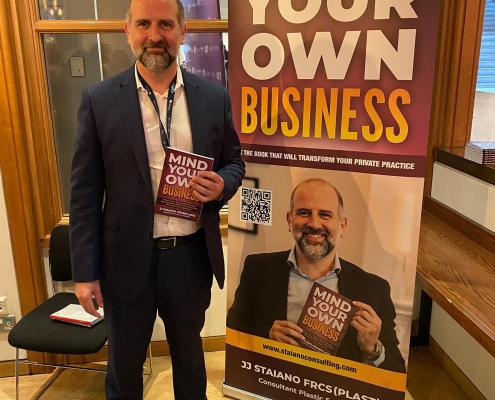

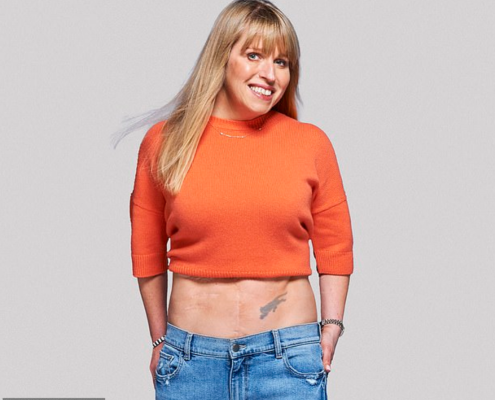

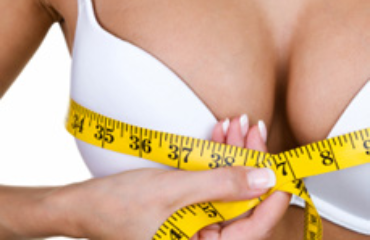



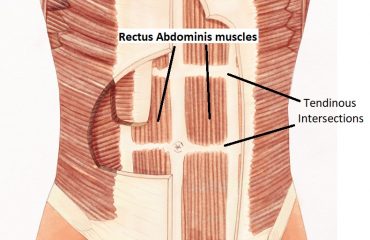





Copyright © 2022 Staiano Plastic Surgery
Registered in England & Wales No. 8294829
Privacy Policy| Disclaimer| Terms of Use
design & development by eSterling
